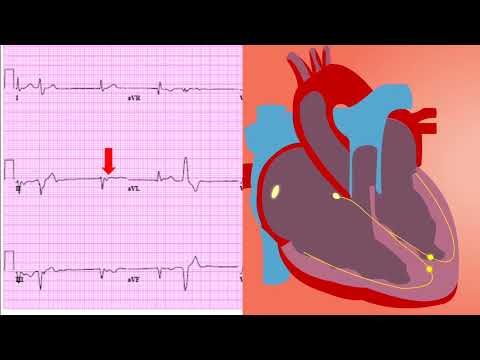🎬 Video Summary
This informative video explores the critical topic of heart rhythm abnormalities, specifically focusing on SVT (Supraventricular Tachycardia). Learn essential techniques in CPR, understand the correct use of a defibrillator (AED), and gain valuable insights into interpreting ECG readings. This medical education resource is crucial for healthcare professionals and anyone interested in emergency medical procedures.
🧠Teaching Pearls
- 💡 Early recognition of heart rhythm abnormalities like SVT is crucial for timely intervention.
- 💡 Mastering CPR techniques is vital for maintaining circulation until advanced medical help arrives.
- 💡 Understanding how to properly use an AED can significantly improve survival rates during cardiac arrest.
- 💡 ECG interpretation skills are essential for identifying different types of arrhythmias and guiding treatment.
- 💡 This video provides a concise and accessible overview of managing SVT in emergency situations.
❓ Frequently Asked Questions
Q: What is SVT (Supraventricular Tachycardia)?
A: SVT is a rapid heart rate originating from above the ventricles, often causing palpitations, dizziness, or shortness of breath.
Q: When should CPR be initiated?
A: CPR should be started immediately if someone is unresponsive and not breathing normally, or if they only make infrequent gasping sounds.
Q: How does a defibrillator (AED) work?
A: An AED delivers an electrical shock to the heart to restore a normal rhythm in cases of ventricular fibrillation or pulseless ventricular tachycardia.
Q: How can I learn to read an ECG?
A: Learning to read an ECG requires formal training, but online resources and practice can help you familiarize yourself with basic ECG patterns.
Q: What are the signs and symptoms of cardiac arrest?
A: Cardiac arrest is characterized by sudden loss of consciousness, absence of breathing, and no pulse.
Q: Where can I get certified in CPR and AED use?
A: CPR and AED certification courses are widely available through organizations like the American Heart Association and the American Red Cross.
🧠 Key Takeaways
- 💡 Recognize the signs and symptoms of SVT and other heart rhythm abnormalities.
- 💡 Perform effective CPR to maintain circulation during cardiac arrest.
- 💡 Use an AED safely and effectively to deliver life-saving shocks.
- 💡 Understand the basic principles of ECG interpretation.
- 💡 Know when and how to call for emergency medical assistance.
🔍 SEO Keywords
CPR, AED, Defibrillator, ECG Interpretation, SVT (Supraventricular Tachycardia), Heart Rhythm, Medical Education, Emergency Medicine
“`

